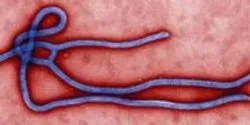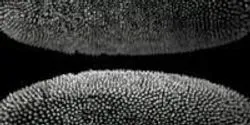Biological Sciences

Ames Laboratory scientists use genetic markers to discover the rhizosphere.

Sparks literally fly when a sperm and an egg hit it off. The fertilized mammalian egg releases from its surface billions of zinc atoms in “zinc sparks,” one wave after another, found a Northwestern University-led interdisciplinary research team that includes experts from the U.S. Department of Energy’s Advanced Photon Source at Argonne National Laboratory.

Collaborating scientists from The Scripps Research Institute (TSRI) and the University of California (UC) San Diego have developed a powerful new system for studying how proteins and other biological molecules form and lose their natural folded structures.

A common over-the-counter drug that tackles pain and fever may also hold keys to a longer, healthier life, according to a Texas A&M AgriLife Research scientist. Regular doses of ibuprofen extended the lifespan of multiple species, according to research published in the journal Public Library of Science-Genetics.

When working with Ebola patients, protective gear works, but removing it can be harrowing. Seeking to protect health care workers from the precarious nature of taking off soiled gloves, Cornell University students have developed a duplex solution to a complex problem: a double-layer system.
















